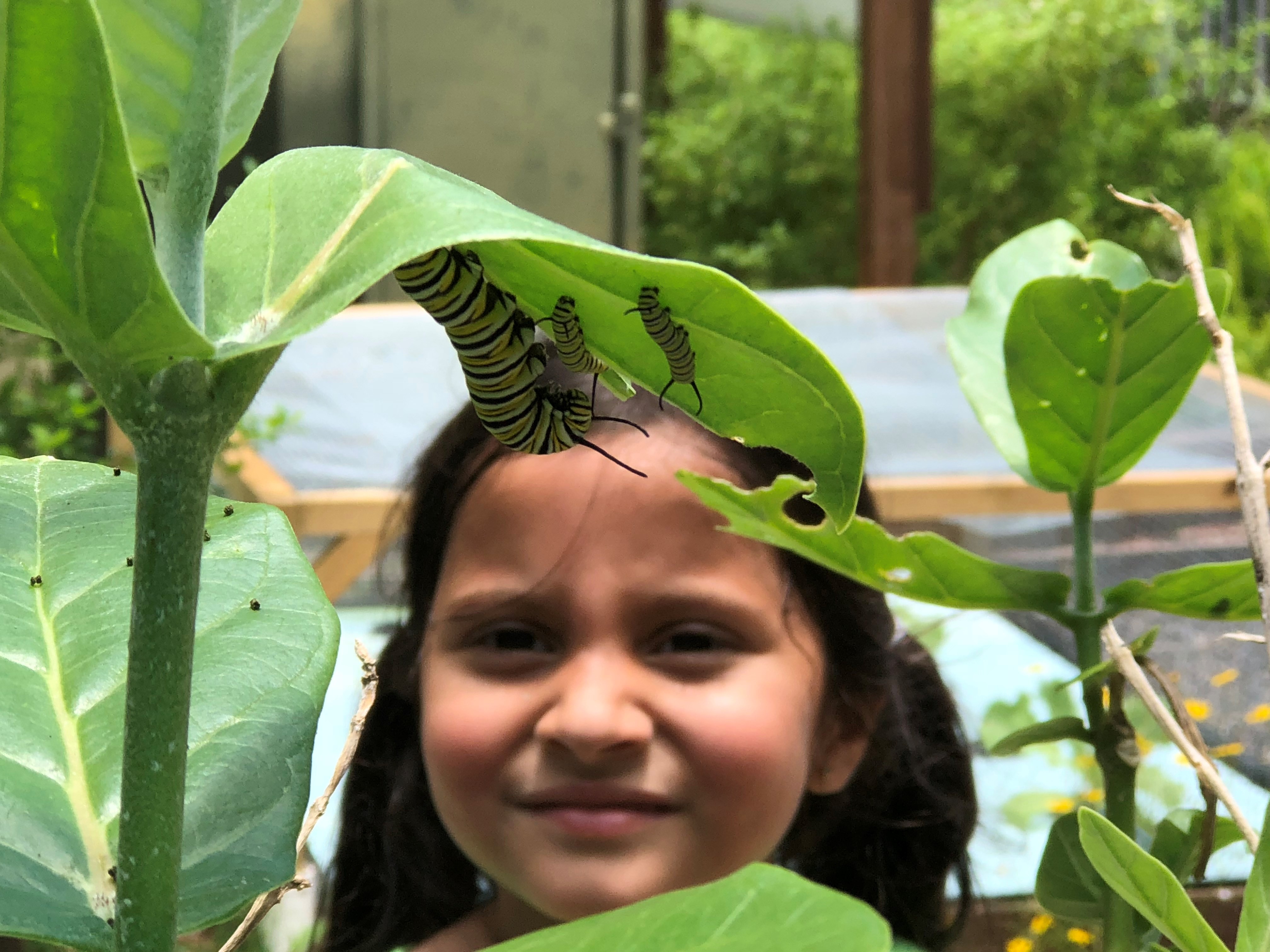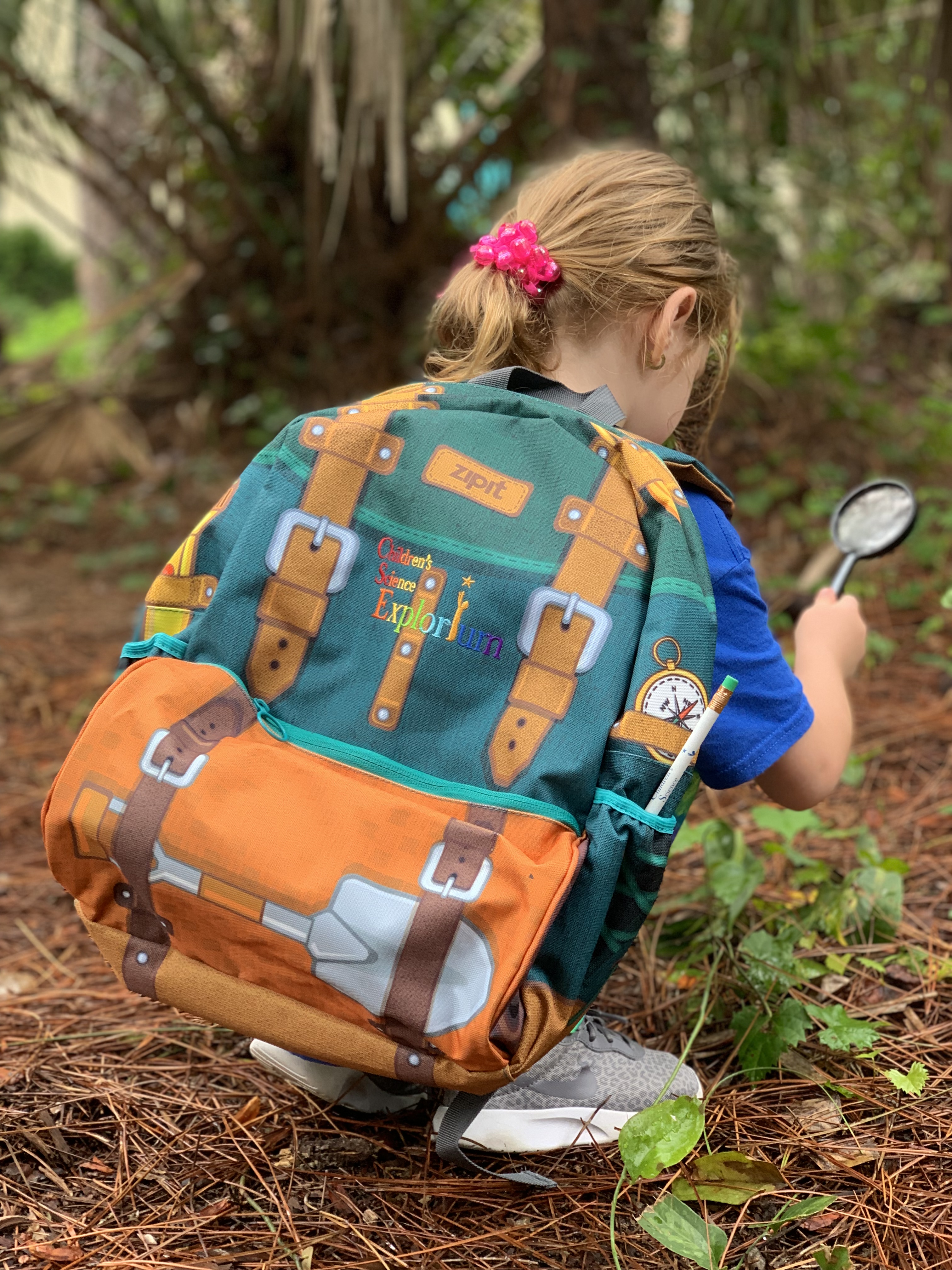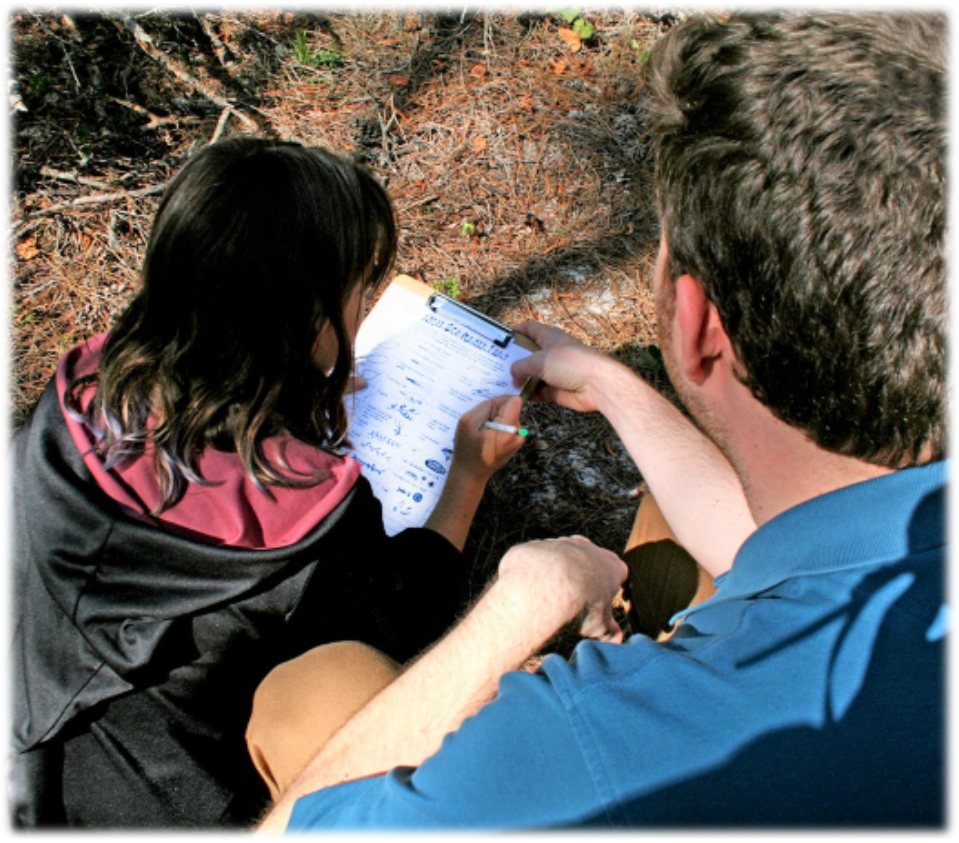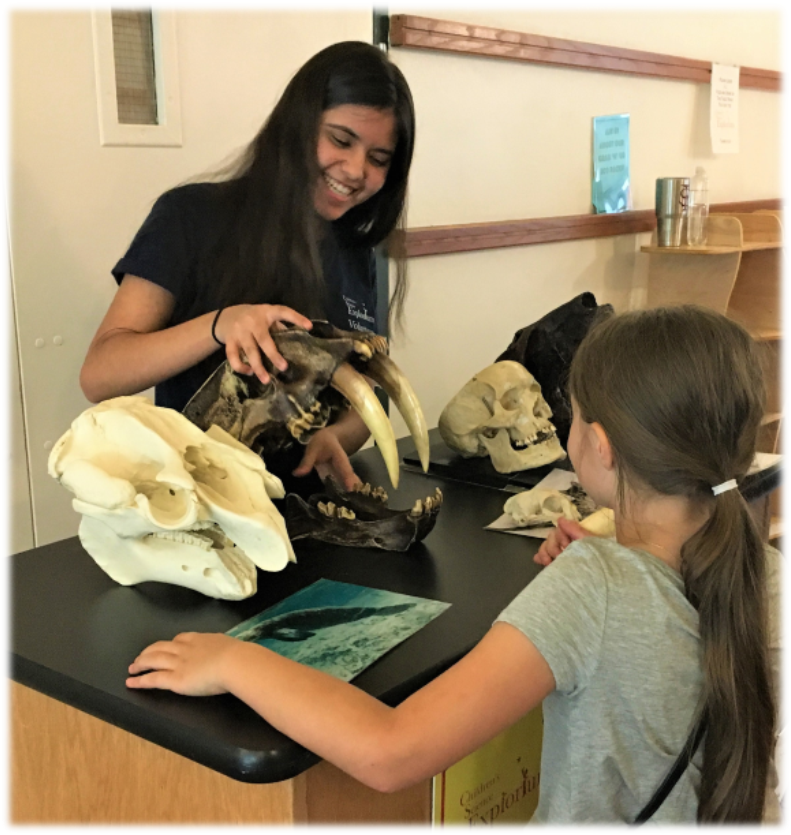

Bugio (Bug Bingo)
Once you've explored our indoor exhibit, head out to our Science Garden and Nature Trails to take your next visit to the next level! Use your senses of sight and sound to investigate your surroundings while playing a game of Bugio. Simply ask a staff member for a Bugio sheet, or download a virtual Bugio sheet, linked below, using your mobile device.
Date & Time: Available anytime when visiting the Science Garden (*See below for some helpful tips for use)
Ages: 5+ with parent/guardian
Cost: FREE!
Click here for your Buggio template! *If you're downloading this link to your phone, save it as an image and play using your phone's editing mode/drawing tools to mark your board.
Want to make the most out of your trip to the Science Garden?
Ever wonder why they call it Sugar Sand Park?

Grab 'n' Go Eco Packs
Calling all nature-enthusiasts! Are you ready to set out on a self-guided tour of Sugar Sand Park? Wield investigative tools, hone your wayfinding skills, and complete an interactive journal with this outdoor adventure kit.
Date & Time: Available for rent during normal Explorium hours
Ages: 5+ with parent/guardian
Cost: FREE!
- Must be 18 or older to rent a pack.
- Must provide a valid ID to be held during time of rental.
- Packs are designed for individual use or a small group of up to 4 people.
- Due to limited quantities there is a limit of 1 bag per family at a time.
- All packs must be returned half an hour before the Explorium closes.

Earthcaching
Test your navigation skills and outdoor field knowledge by participating in our Earthcaching program.
Use GPS technology to find a special geological location right inside Sugar Sand Park. Answer a question about what you find to earn your Explorium Earthcaching pin!
Date & Time: Available during normal Explorium hours
Ages: 7+ with parent/guardian
Cost: FREE!

Challenge Sheets
Dig deeper into the science behind the exhibits at the Explorium! Ask a staff member for a challenge sheet. No matter your age or grade level, we have a challenge for you.
We have both indoor and outdoor challenges, so take your pick between the natural and physical sciences.
Use your deduction skills to answer questions about our exhibits.
Date & Time: Available during normal Explorium hours
Ages: 5+ with parent/guardian
Cost: FREE!

Experiment Express
What’s that over there? It’s cool science on the fly! Catch us doing an impromptu science demo at our experiment express cart whenever the urge strikes.
From precious stones to animal bones, our staff and volunteers are always excited to show you something new!
Ages: 5+ with parent/guardian
Cost: FREE!
Grand Bug-a-Pest Hotel
Welcome to the Grand Bug-a-Pest Hotel! We have a variety of guests in our hotel, some are long term residents, and others come and go as they please.
Not all insects have the same preferences when it comes to nesting materials or where they hibernate. Some like sticks and bark, some like leaves, or stones. Here are some examples of what bugs we hope to attract and what they like!
Solitary Bees: They are star pollinators! A single solitary Mason Bee can pollinate 120 times more flowers than a single Honeybee. They make their nests in holes in wood, concrete, clay, and soil. Solitary Bees do not live in colonies, serve a queen, or make honey or wax.
Lady Bugs: Lady bugs are actually beetles and not bugs! They play an extremely important role in controlling populations of insects that can damage plants. Aphids, for example, can infest milkweed at an alarming rate. Lady bugs particularly love aphids and can eat up to 5,000 in its lifetime. When ladybugs hibernate, they huddle together in a group to maintain their temperature. Other parts of the year, they like to live all over in mulch, shrubs, trees, etc.
Lacewings: The Lacewing larvae love to eat aphids just as much as Ladybugs do. But they are extra special because in their adult form they help to pollinate various flowers and plants! If you ever see what is known as a “Junk Bug”, they are just Lacewing larvae that disguised themselves with junk to hide from predators. They are mostly found in tall grasses, and the females lay their eggs on the underside of leaves.
Spiders: You might not want them living in your house, but in the garden, they are like 8-legged pest control officers. They use their webs to catch flying insects such as flies, mosquitoes, and wasps. Without the help of spiders and their skills with natural pest control, insects could overrun a garden and destroy it!
Centipedes: These guys not only look cool with their huge number of legs, but they also serve a great purpose in the garden and in your home. Their favorite insects to eat are cockroaches, moths, termites, and silverfish. All of those can cause issues in your home! So, if you see centipedes in your garden, tell them to enjoy their stay! To find centipedes, look in the hollows of rotting logs or in the soil.
Ground Beetles: Most ground beetles are predators and use their large mandibles to devour their prey. Lucky for us, their diets mostly consist of aphids, maggots, and slugs! Adults can live up to four years and produce up to 600 eggs a year. They can be found in the soil beneath rocks, logs, boards, leaves, and other debris.
Date & Time: Available during normal Explorium hours
Ages: 5+ with parent/guardian
Cost: FREE!